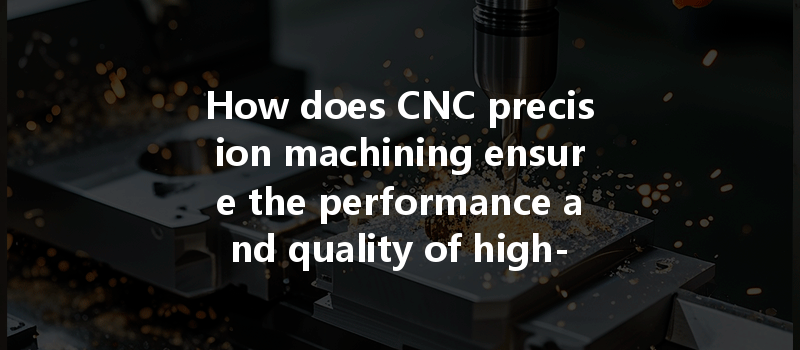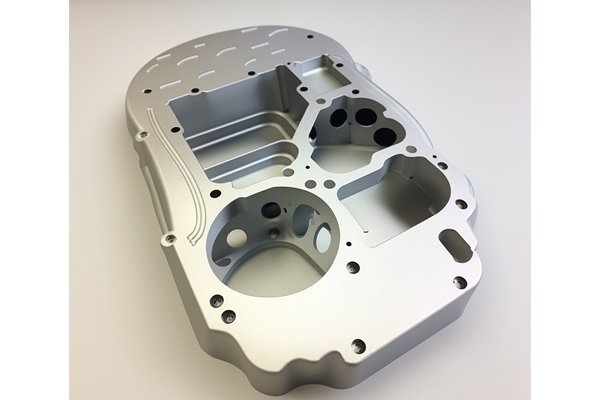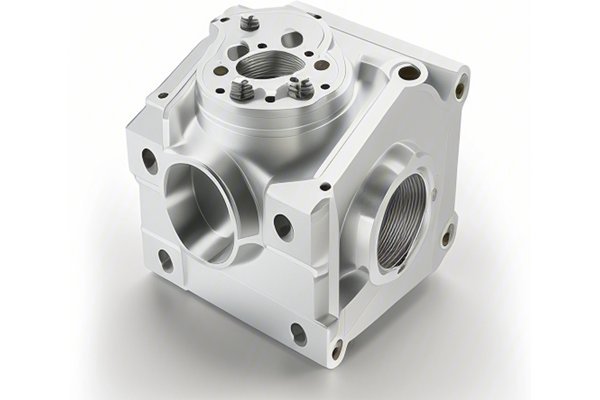Opening
Did you know that CNC (Computer Numerical Control) machining can achieve tolerances as tight as ±0.005 inches? This remarkable precision has revolutionized the manufacturing industry, enabling the production of high-strength metal parts that not only meet stringent performance requirements but also withstand the harshest environments. As industries move towards more advanced materials and intricate components, understanding how CNC precision machining ensures the performance and quality of these parts becomes increasingly vital.
In this comprehensive blog, we will explore everything about CNC precision machining, focusing on the intricate systems and methodologies used to ensure the performance of high-strength metal parts during actual use. Whether you are an industry veteran, an aspiring machinist, or just curious about manufacturing processes, understanding CNC precision machining is crucial in today’s industrial landscape.
—
The CNC Machining Process: An Overview
CNC machining uses computer controls to manipulate the movement of machines and tools. It is widely used for producing complex and high-strength components in various industries, including aerospace, automotive, medical devices, and more. The process generally involves several key steps:
—
Ensuring Performance and Quality: Key Factors in CNC Precision Machining
Both performance and quality in CNC precision machining stem from a combination of factors. Following are some critical considerations:
The properties of high-strength metals are crucial in defining how they will perform in applications. Understanding characteristics such as tensile strength, yield strength, fatigue resistance, and corrosion resistance is vital. Using inappropriate materials can lead to premature failure. For instance, titanium alloys, while strong, may require different machining parameters than stainless steel, affecting tool wear and thermal performance.
Choosing the right cutting tools can drastically influence both the quality and performance of machined parts. Factors include:
Setting optimized machining parameters, such as feed rates, cutting speeds, and depths of cut, can drastically affect the part’s properties. Each material has its sweet spot—the range of parameters that maximizes quality while minimizing tool wear.

Heat is generated during machining, which can affect both material properties and tool life if not managed properly. The right cooling and lubrication methods, including flood cooling, mist or air cooling, ensure that temperatures stay within limits, preventing issues such as thermal deformation and tool degradation.
Utilizing advanced machining techniques such as:
These techniques help enhance the performance of final products, allowing manufacturers to push the boundaries of designed components.
After CNC machining, parts may undergo further processes to improve performance—for example:
—
The Role of Quality Assurance in CNC Precision Machining
A robust quality assurance system is key to achieving high performance and quality in CNC precision machining. During the entire process, parts are routinely checked against tight tolerances to ensure they meet specifications and function as intended.
Quality Assurance Practices:
—
CNC precision machining plays a crucial role in the production of high-strength metal parts that meet stringent industry standards. Ensuring performance and quality hinges on a multitude of factors, from material selection to advanced machining techniques, cooling methods, and rigorous quality assurance practices. By mastering these critical areas, manufacturers can produce parts that not only function reliably under stress but also maintain their integrity over time.
Ultimately, understanding CNC machining processes is crucial for anyone involved in manufacturing, engineering, or prototyping. As we move towards more sophisticated designs and demanding applications, keeping abreast of the latest techniques in CNC precision machining becomes ever more important. Embracing these insights will help professionals not only enhance production efficiency but also elevate the standards of quality in the industry.
In a world where precision is key, reflecting on these manufacturing principles and innovations will keep the industry progressing, ensuring that parts can withstand the test of time and performance expectations.
—






